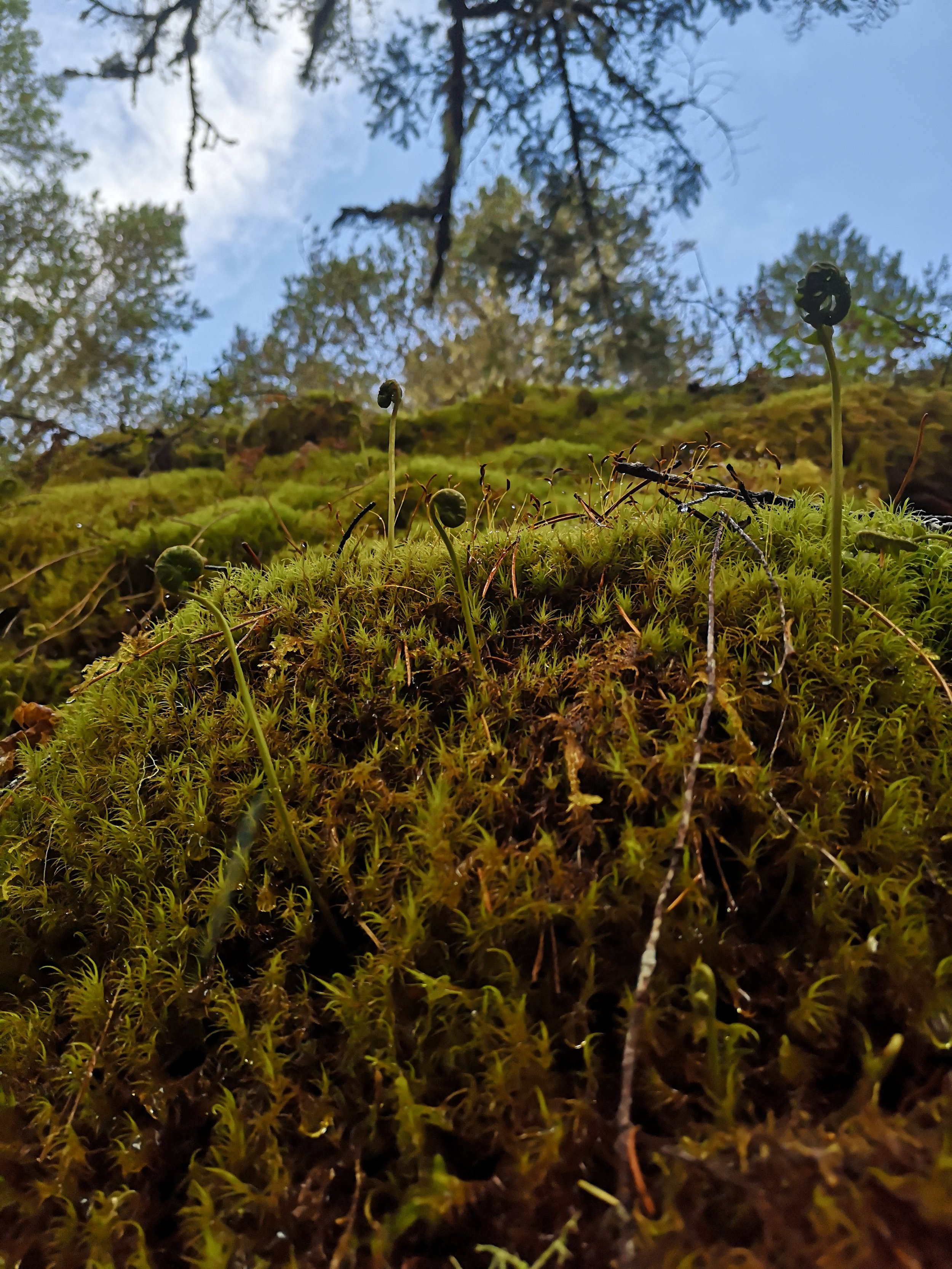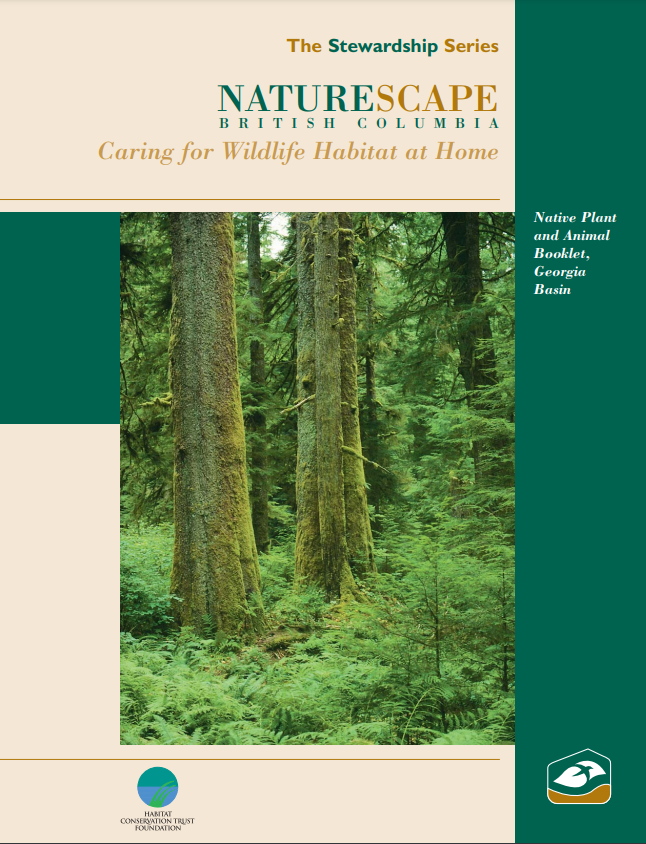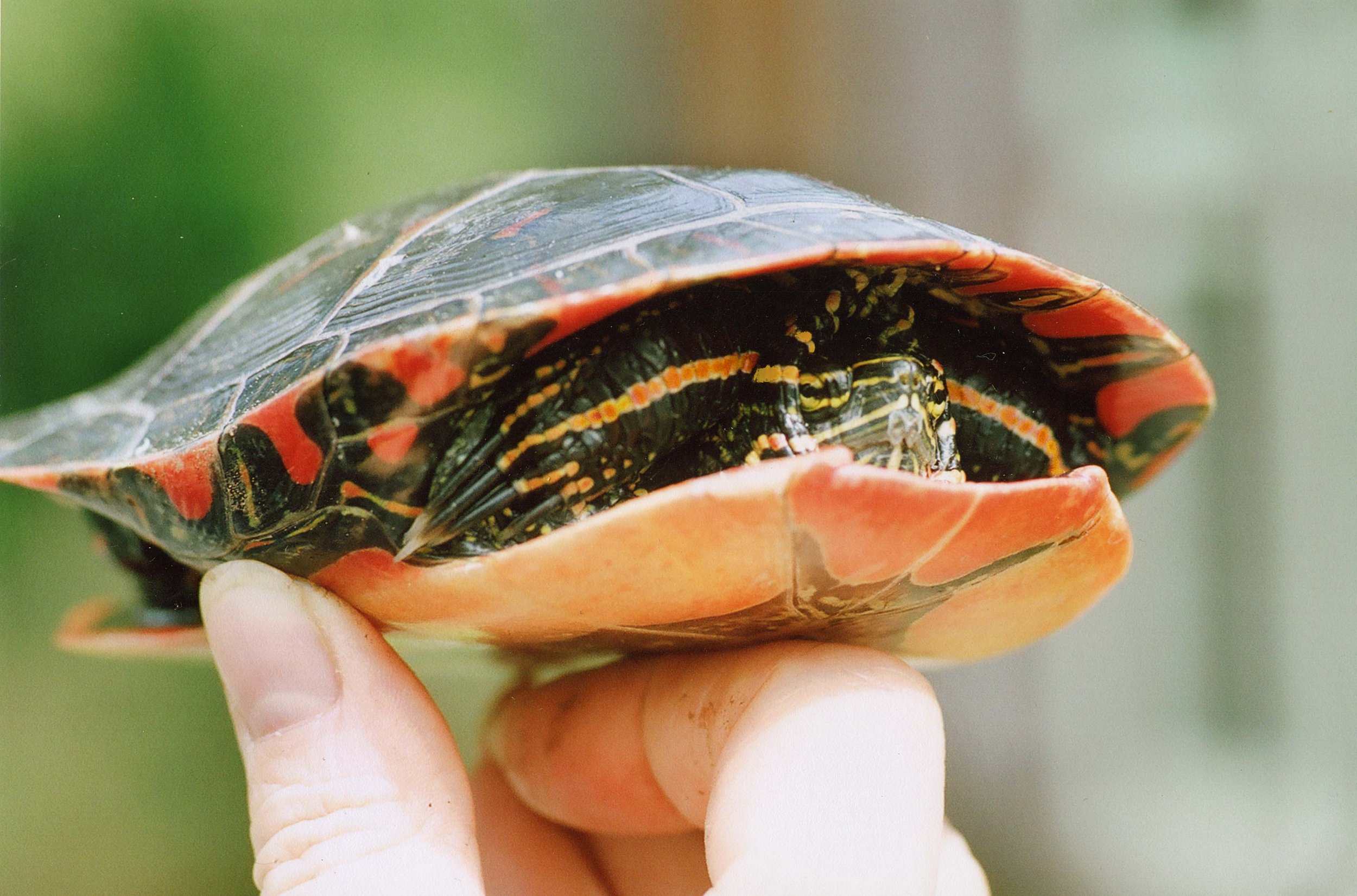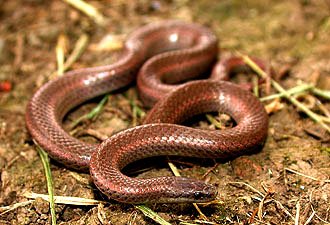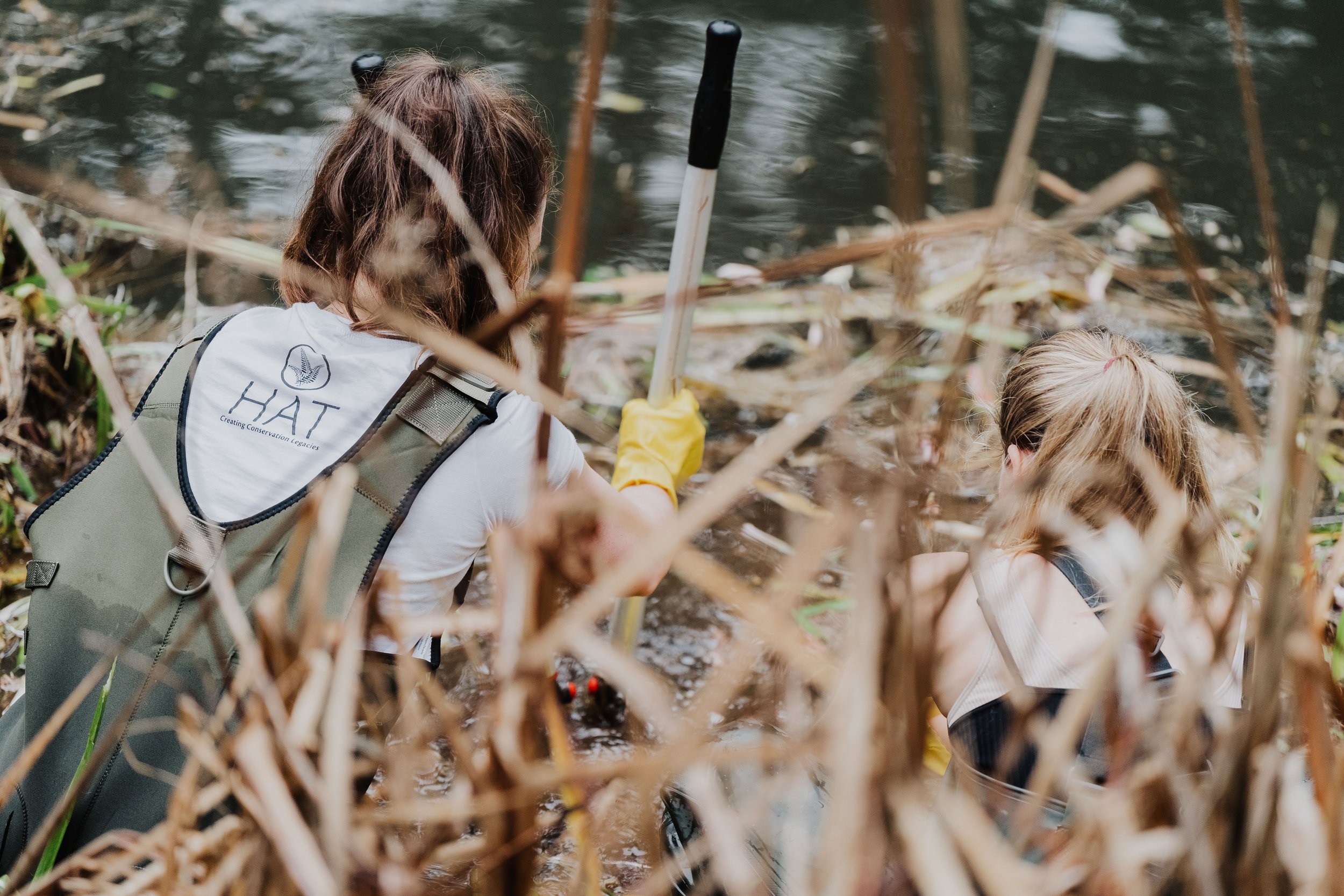
Good Neighbours
Program
Are you a Good Neighbour to Nature?
The Good Neighbours program is HAT’s landowner contact program. Our goal is to support landowners and land managers with the stewardship of their property, by connecting people with the knowledge, resources, community, and physical support they need to address barriers to land stewardship.
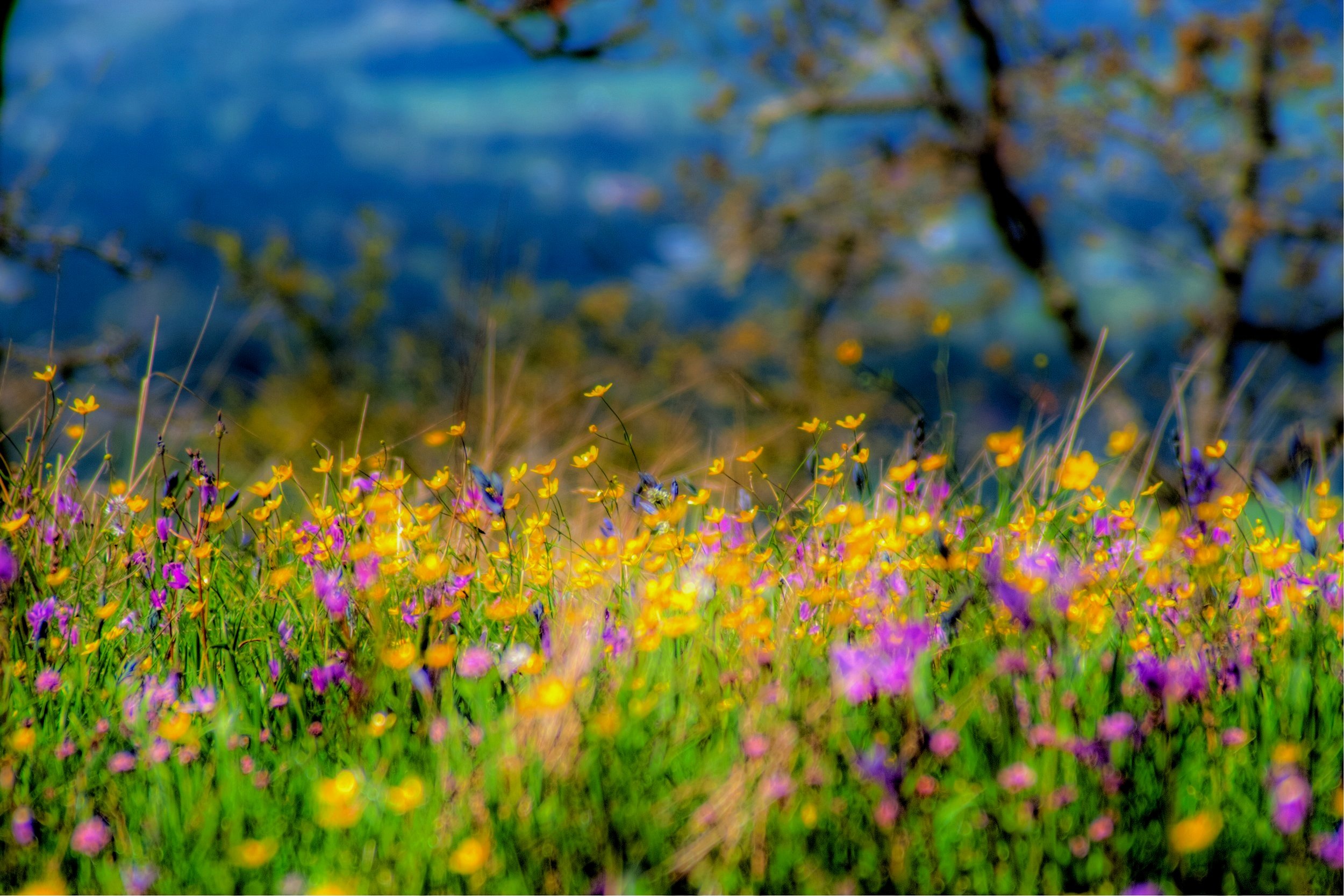
Our Current Program:
Oak and Prairie Areas
HAT is currently accepting requests from Landowners and Land Managers that have a property with open habitats such as meadows, wetlands, and oaks, we refer to these as Oak and Prairie Areas. These are ecosystems in which you will often see the iconic Garry Oak, Arbutus, and wildflowers like Camas and Sea Blush. If you are not sure, feel welcome to contact us and we will assess your property. If you have questions, feel welcome to email hatmail@hat.bc.ca
Other ecosystems and properties will be considered on a case-by-case basis.
Interested in learning more about our program or seeing if you are eligible for a free stewardship consultation? Please fill out the Site Visit Request form below or here.
HAT’s Habitat Stewards
Habitat Stewards are residents who pledge, in writing, to care for natural habitats on their land. This might mean removing invasive species, not using pesticides, or switching to organic fertilizers. Each property is different, and a visit from our Stewardship staff can tell you what steps you need to take, or congratulate you for the outstanding work you have already done.
Good Neighbours FAQs
-
At this time, we are looking for properties that:
Are located within the CRD. Preference will be given to properties within one of our main focus areas: Highlands, Metchosin, rural Saanich
Are larger than the typical urban lot (greater than 1 acre)
Have prairie oak ecosystem or associated ecosystems, or remnants of prairie oak or associated ecosystems (Not sure? Check out this link or feel free to send us an email)
If your property does not meet one or more of these criteria, but you feel that it would be a good fit for our program, we’d love to hear from you! Please fill out the site visit request form, and we will contact you.
Additionally, if your property falls outside of these criteria but you have important wildlife habitat for one of our focus species please reach out to us!
-
The first site visit is a great chance for us to get to know each other, chat about your land stewardship goals, and discuss how HAT can best support your goals. We’ll meet you on your property for a tour – you're welcome to show us stewardship work you’ve already been doing, areas you need support with, and anything else on your property that’s special and important to you! You can expect the initial site visit to be around one hour long.
-
HAT is here to help support our Good Neighbours in meeting land stewardship goals. We try to tailor our support to what each individual landowner and property needs. Types of support may include:
Access to stewardship resources, including guides about native plants, invasive species, wildlife, and more
A personalized site report, breaking down your property into different “management areas”, with guidance on your projects
Access to Good Neighbours social events and Habitat Steward workshops, where you can connect with like-minded community members and learn new stewardship skills
For a small number of landowners, we are able to provide support with tasks such as:
Purchasing native plants for your property
Purchasing tools needed for your stewardship work
Removing invasive species
Accessing and installing wildlife habitat structures such as bat boxes, Western screech-owl nest boxes, and artificial cover objects
-
There is no cost associated with participating in this program, thanks to support from Environment and Climate Change Canada, Habitat Conservation Trust Foundation, The Metchosin Foundation, and the province of B.C. In return, we ask that our program participants are willing to dedicate their time to the continued stewardship of their property.
-
Our Habitat Stewards are Good Neighbours who sign an agreement with us to take certain stewardship actions, including removing invasive species, avoiding the use of pesticides, and maintaining habitat. The agreement covers a term of 5 years and comes with a steward sign for you to display on your property!
Not quite ready to sign an agreement? Becoming a Habitat Steward is not a requirement for participation in the Good Neighbours program. We’ll work with you to meet your stewardship goals over time and as you have the capacity.
-
If you have a steward sign and you’re moving, please reach out to us so we can come and pick it up. If you’re staying in the CRD and want us to visit your new property, please let us know! You can also connect your old property’s new owners with us, if they’re interested in continuing stewardship work.
-
Our main focus is on working with individual landowners at this time. School properties and other organizations with be assessed on a case-by-case basis. Please send us an email or give us a call for more information.
View Our Past Projects:
The Wildwood Habitat Corridor Stewardship Project was designed to connect habitat stewards to nature. HAT engaged with the community to find solutions to significant local conservation issues and to promote community appreciation of healthy natural habitats. HAT staff visited many interested landowners in key areas to provide personalized landscape prescriptions on topics like soil erosion, pests, forest health, water quality, composting, and invasive species.
Wildwood Habitat Corridor Stewardship Project 2018 - 2021
Good Neighbours Projects— 2018 and earlier
2017 Metchosin Shoreline Project
**This section is currently being updated, if you have questions about a particular year or were involved in a project not listed here and want to connect, please let us know. Thank you for your patience.
RESOURCES
Wildlife Stewardship
